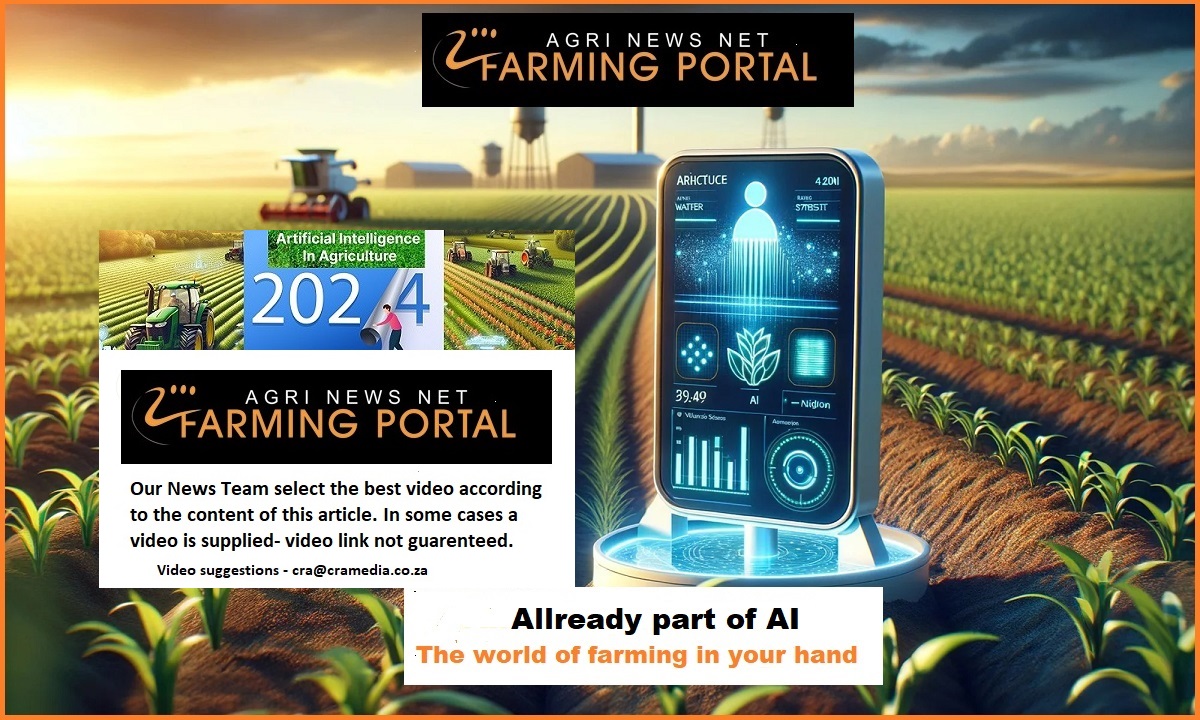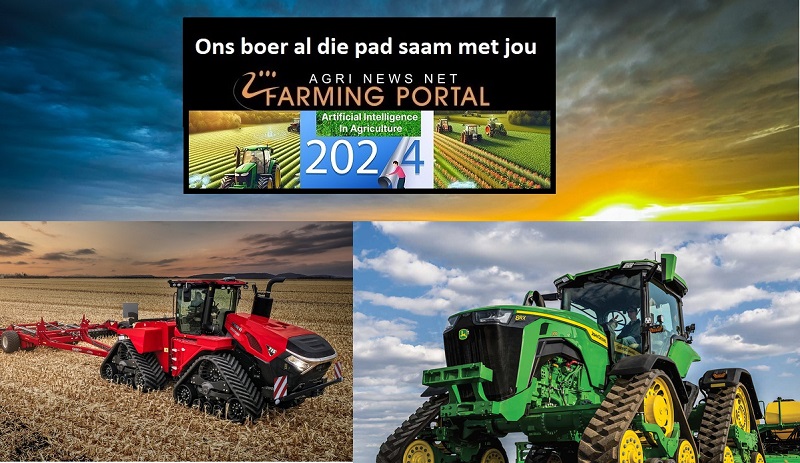The agriculture industry is undergoing a monumental shift with the integration of cutting-edge technologies like the Internet of Things (IoT).
By 2032, the global IoT in farm management market is projected to exceed $19 billion, driven by increasing demand for sustainable farming, precision agriculture, and enhanced food security, according to a recent report from Global Market Insights. This transformative technology offers farmers unprecedented control over their operations, enabling them to make data-driven decisions that maximize efficiency and productivity.
Understanding IoT in Farm Management
The Internet of Things (IoT) in farm management refers to a network of connected devices that gather, analyze, and exchange real-time data across the farming ecosystem. These devices include sensors, GPS systems, drones, and smart irrigation systems that monitor variables such as soil health, weather patterns, crop growth, and livestock conditions. By leveraging these insights, farmers can optimize resource utilization, reduce waste, and improve yield quality.
Market Drivers Propelling Growth
1. Rising Demand for Precision Agriculture
Precision agriculture, a data-driven approach to farming, relies heavily on IoT technology. By using IoT-enabled sensors and devices, farmers can monitor field conditions at granular levels and apply inputs like water, fertilizers, and pesticides precisely where needed. This not only enhances productivity but also minimizes environmental impact.
2.With global concerns over climate change and resource scarcity, governments and organizations are advocating for sustainable farming practices. IoT solutions facilitate efficient resource management, such as precision irrigation systems that conserve water and energy. These technologies align with global sustainability goals, making them attractive to stakeholders.
3. Increasing Demand for Food Security
The world’s population is expected to reach nearly 10 billion by 2050, intensifying the need for innovative solutions to secure food supply chains. IoT technologies play a pivotal role in meeting this demand by improving crop yields, reducing post-harvest losses, and ensuring efficient supply chain management.
4. Technological Advancements and Integration
Continuous advancements in IoT devices, AI, and machine learning are expanding the capabilities of farm management systems. Smart sensors are becoming more affordable, reliable, and accessible to farmers, fueling their adoption worldwide. The integration of IoT with blockchain technology also ensures transparency and traceability in agricultural operations.
Key Applications of IoT in Farm Management
1. Crop Monitoring and Management
IoT sensors can track various parameters such as soil moisture, temperature, nutrient levels, and pest activity. This enables farmers to implement timely interventions, preventing crop damage and optimizing yields. Drone surveillance further enhances crop monitoring by providing aerial views of large farms.
2. Livestock Management
Smart wearable devices for livestock monitor animal health, location, and activity levels in real time. These devices alert farmers about potential illnesses or abnormal behavior, ensuring prompt veterinary care and reducing livestock losses.
3. Irrigation Management
IoT-powered smart irrigation systems automatically adjust water delivery based on real-time weather data and soil moisture levels. This not only conserves water but also reduces operational costs for farmers.
4. Supply Chain Optimization
IoT-enabled devices track and monitor the movement of agricultural produce from farm to market. Real-time data on transportation conditions, such as temperature and humidity, helps maintain the quality of perishable goods and reduces spoilage.
5. Farm Equipment Automation
Autonomous tractors and machinery equipped with IoT sensors perform tasks like planting, harvesting, and spraying with precision. These automated solutions increase efficiency and reduce manual labor requirements.
 AFRICA’S FOOD AND AGRICULTURE and population increase
AFRICA’S FOOD AND AGRICULTURE and population increase
Challenges in IoT Adoption in Agriculture
Despite its numerous benefits, the adoption of IoT in farm management faces several challenges:
High Initial Costs: The deployment of IoT infrastructure can be expensive, particularly for small-scale farmers with limited financial resources.
Data Security Concerns: As IoT devices generate massive amounts of data, ensuring its security and preventing cyber threats is critical.
Connectivity Issues: Many rural areas lack robust internet connectivity, which hampers the seamless functioning of IoT devices.
Skill Gap: Farmers may require training to understand and operate IoT systems effectively.
Regional Insights
The IoT in farm management market is witnessing substantial growth across various regions:
North America:
With advanced technological infrastructure and significant investments in precision agriculture, North America is leading the market. The United States, in particular, has a strong presence of IoT solution providers.
Europe:
The European Union’s focus on sustainable agriculture and environmental conservation is driving IoT adoption in the region.
Asia-Pacific:
Rapid urbanization, population growth, and government initiatives to promote smart farming are fueling market expansion in countries like China, India, and Japan.
Latin America and Africa:
Although at a nascent stage, these regions hold immense potential due to their vast agricultural landscapes and increasing adoption of modern farming practices.
Future Trends Shaping the Market
1. AI-Powered Predictive Analytics
Combining IoT with artificial intelligence will enable predictive analytics, helping farmers anticipate challenges such as pest infestations or adverse weather conditions.
2. Blockchain Integration
Blockchain technology will enhance supply chain transparency and traceability, ensuring food safety and quality assurance.
3. Enhanced IoT Interoperability
Future IoT systems will focus on interoperability, allowing seamless integration of devices from different manufacturers.
4. Focus on Smallholder Farmers
Efforts to make IoT solutions affordable and accessible to smallholder farmers will drive inclusive growth in the market.
Conclusion
The Internet of Things is revolutionizing farm management, empowering farmers with the tools to meet the challenges of modern agriculture. As the IoT in farm management market surges past $19 billion by 2032, its impact will be felt across the entire agricultural value chain. By fostering sustainability, improving efficiency, and enhancing food security, IoT is poised to transform farming into a more productive and resilient industry.
Investments in infrastructure, training, and connectivity will be crucial to unlocking the full potential of IoT in agriculture. As stakeholders collaborate to overcome adoption barriers, the future of farming looks brighter than ever, fueled by the limitless possibilities of IoT technology.

















